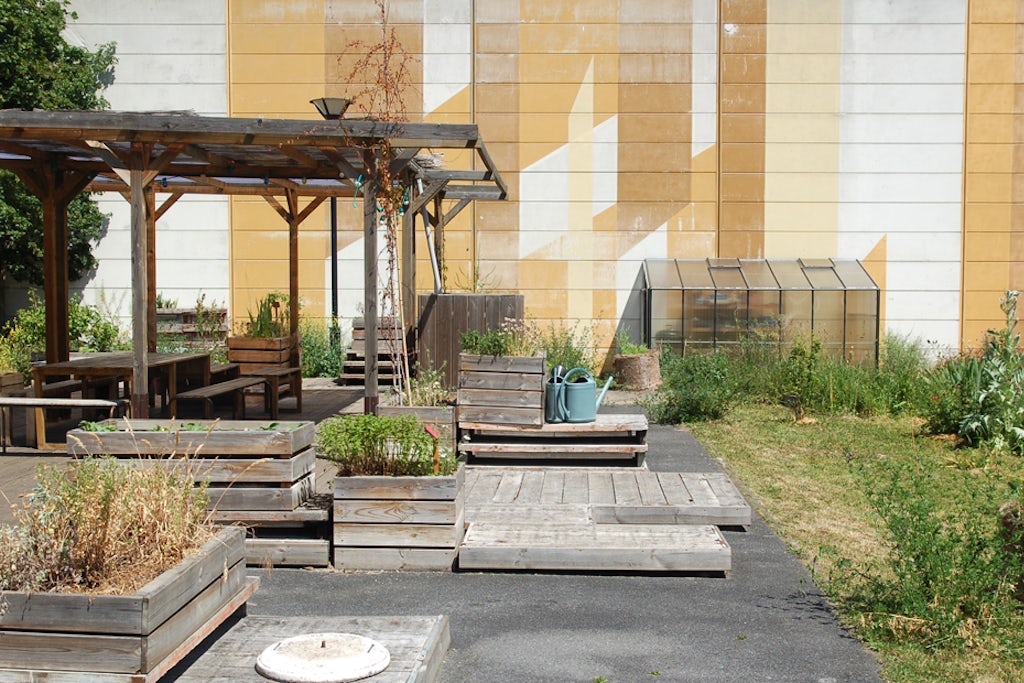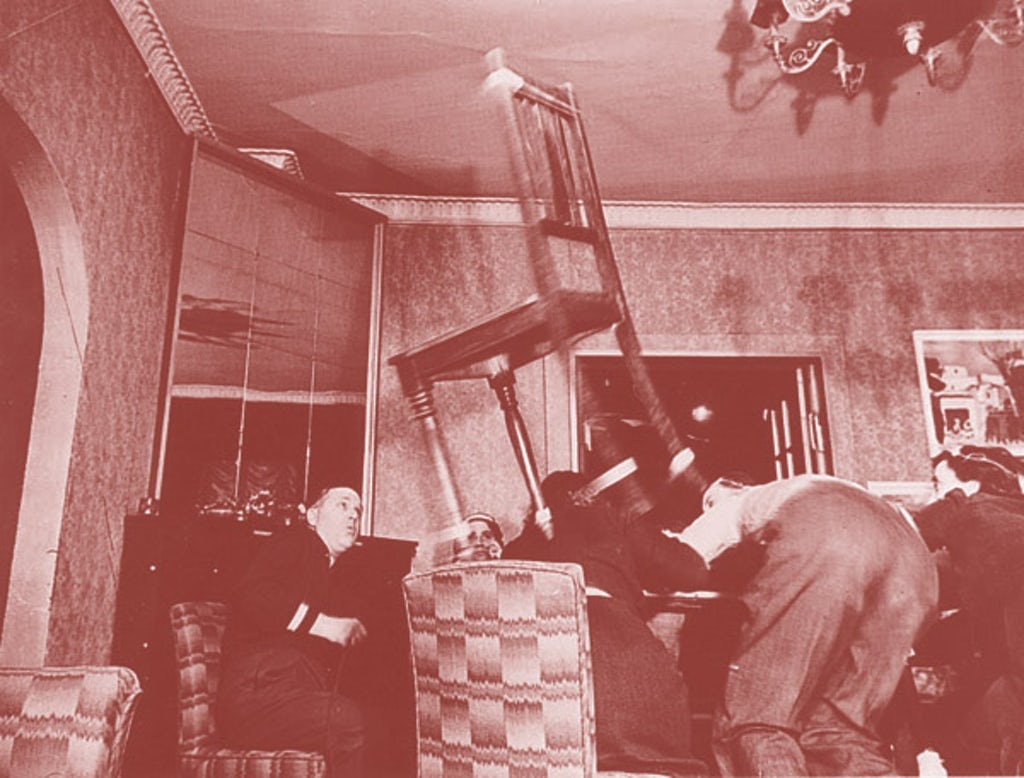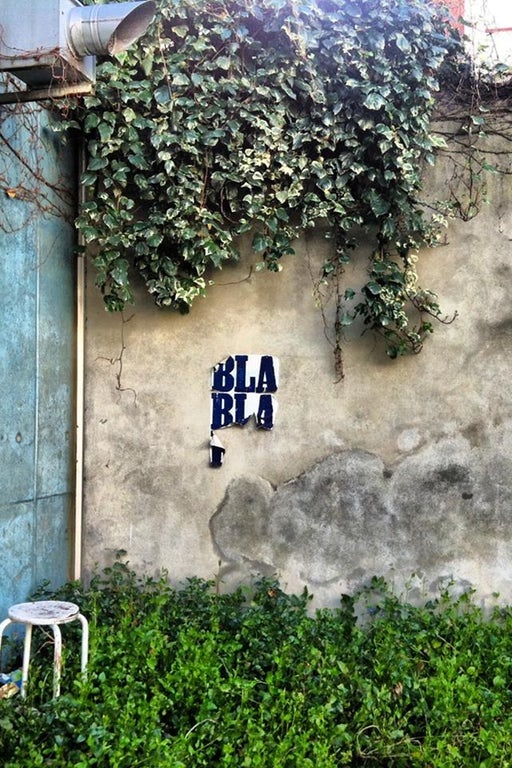
A Few Questions to the Fantastic Institution

From Which Context/ Desire/ Needs Has Your Institution Emerged? In Which Context Does It Operate Today?
Les Laboratoires d’Aubervilliers was established in 2003 by the then Mayor of Aubervilliers, Communist Jack Ralite, and choreographer François Verret, who had been occupying the site since 1993 to work on his own projects and with his company. Before moving on to new horizons, Verret wanted to find an artistic project for the site that would respond to the needs of local artists and residents as he apprehended them at the time: that is to say, a project that would take into account the cultural, social and political dimension of the town of Aubervilliers and at the same time be a tool for contemporary research and art-making. This multidisciplinary space, privileging the work process over productions per se, fostering openness, the invention of new forms and accessibility to a local, participative audience, stemmed from observing the kinds of projects that were being initiated within the French choreographic scene at the time (the late 1990s).
Today, Les Laboratoires d’Aubervilliers continues to work within the same political context, that is to say, a Communist town council, and it continues to receive the same type of public funding. Les Laboratoires is more than ever a site for multidisciplinary research and creation, but the various ways of working have changed with the constant shifts and transformations on the art scene. Les Laboratoires is still grounded in the same foundational elements: on the one hand, a laboratory (for research, trials and experimentation), on the other, the town of Aubervilliers (located on the outskirts, on the outside — an industrial, workers ‘melting pot’ and immigration hub). The projects and artists we invite in residency are located and work within this very specific configuration.

Can You Tell Us More About How Human Relations, Work, Power, Money, Time And Space Are Organised (Or Not) Within Your Institution?
Les Laboratoires d’Aubervilliers is directed by a woman collegial team (Dora García, Mathilde Villeneuve and Alexandra Baudelot), who are supported by a team of approximately 10 people. The team work that we carry out is apprehended in the most horizontal fashion possible, each member working with the other members in order to support the projects and artists that we invite. It is we who adjust to the different projects we host, and not vice versa, and this, among other things, gives artists the time they need to develop their projects. In other words, we try to render the site as flexible and adaptable as possible. This is also the case in terms of funding. Projects are partly supported by the public funds and grants we receive, partly by complementary funding that completes the budget for each project.
Would You Say You Are Working Within An Institution? If Yes, What Makes It An Institution?
Yes: Les Laboratoires d’Aubervilliers is an art institution. It is an institution because it receives public funding from the French Ministry of Culture, from the Île-de-France region, from the Seine-Saint-Denis department and from Aubervilliers town council. What makes it an institution is also the fact that it is a public space that constantly reflects on the way it engages with a very broad range of audiences, going from local residents of the town of Aubervilliers who may be completely cut off from all forms of contemporary art and art-making, to a more informed audience active on both the national and international art scenes. It is also a place with a history built on a strong political and artistic vision that continues to fuel our work some fifteen years on. Another feature is that the institution is directed by a collegial team, appointed for a fixed duration (a maximum of two terms, i.e. a maximum of 6 years) committed to working on the collective dimension that underpins all artistic and theoretical work. It is an art institution because as such we are constantly exploring why and for whom we are working. For whom are we programming/organising/celebrating/writing/publishing/distributing/producing? The institution is renowned for the collective productions it has given rise to, the collaborations between artists from all horizons that it has enabled, the broad, community-building projects that local residents have been invited to take part in. We intentionally let the work of each residency influence the very structure of Les Laboratoires and the running of the site, and we are particularly keen to observe the various ways of sharing and communicating artistic projects and to imagine other possible extensions by opening up projects to the public and encouraging participative forms.
The institution is renowned for the collective productions it has given rise to, the collaborations between artists from all horizons that it has enabled, the broad, community-building projects that local residents have been invited to take part in.
Interrogating Les Laboratoires d’Aubervilliers and thus the institution through the lens of “community” and the experience of the common means exploring the multiple strategies, modes of action and formalisation that can be employed in an artistic project. It of course also involves interrogating the role of the artist and the art institution in society as well as the necessary conditions for collaborative production and reflection.
Would You Describe Your Institution As ‘Soft’ Or ‘Hard’? Is It Good Or Not? For Whom?
I would describe Les Laboratoires d’Aubervilliers as a soft institution precisely because it tries to establish ways of working that allow great flexibility in terms of creation, production and research. A flexibility that pervades every aspect of the project and of course the relationship Les Laboratoires builds with the artists it hosts, developing a working relationship with them that is based on exchange and dialogue and support, that sometimes opens onto very large-scale projects, developing multiple ramifications in terms of format, research and public openings.

Les Laboratoires d’Aubervilliers is not conditioned by the formats it produces. Our focus is not setting up exhibitions or producing plays, or being profitable. On the contrary, what we are trying to do is to prepare the ground, to encourage porousness between different art forms and to enable experimentation in all areas. We do this in collaboration with artists, theorists, the different audiences and inhabitants of Aubervilliers and the Les Laboratories team. From this perspective, Les Laboratoires play a pioneering role with regards to larger institutions, the ‘hard’ institutions, because our work also involves investigating new work methods and confronting the more fragile aspects of established processes. We know more or less where our projects begin, but we never know what they will construct and give rise to and where or how they will end.
For Whom Would You Say You Are Working Primarily? Who Is Benefitting From The Institution You Are Working In?
We work for the public/the audience. This crucial principle for Les Laboratoires is grounded in a fundamental misconception at work in many art institutions and political initiatives: the presupposition that there is an audience that pre-exists the activities proposed by Les Laboratoires (or any other institution). Quite to the contrary, not only do we consider there is no audience preceding the activities proposed but that the audience is precisely created by these activities. We are not working for a specific audience, we create a “new” audience each time. The collegial, collaborative work we pursue aims to establish collectives able to create a new intersubjectivity. We work on creating new communities that shift with the variations and the developments within our projects. From the very beginning Les Laboratoires d’Aubervilliers has been committed to trying to reduce the gap between an informed and uninformed audience, and to supporting extremely complex and hybrid artistic practices without leaving anyone feeling excluded from them. The communities that emerge from our projects are always unique, and are not determined by anything other than the temporary sharing of an artist’s initial project and the experiences and experiments of individuals hailing from a diversity of social backgrounds and professional areas. These encounters, and the participatory forms people engage in, feed each project matrix, creating fictions drawn directly from the participants’ experience and knowledge, shifting reality to apprehend it in an alternative way. “Making community” is not about waving a magic wand to make everything suddenly come together and cohere. It is also about “sharing the tumult” to borrow Jean-Luc Nancy’s expression, who views these spaces of gathering as “a stage on which several people can say ‘I’, each on his or her own account, each in his or her own turn.” These are the principal ideas guiding the artists, theorists, participants and the members of the ‘Labos’ team.

How Would You Describe The (Perhaps ‘Micro-’) Political Impact/ Effect Of Your Alternative Way Of Working?
Political questions are intrinsic to the Les Laboratoires’ project as we apprehend it. Art is political in that it truly has the power to bring about (micro-)transformations in people’s lives. Art mobilises people, it appeals to people’s own experience, it shifts cultural and social boundaries. The art and the research developed at Les Laboratoires d’Aubervilliers reflects on the paradigms structuring our society, on communities and the common, on our relationship to work and the forms and means of control established by political forces in order to standardise behaviours and marginalise people and collectives who do not pertain to the dominant models (who choreographer Latifa Laâbissi refers to as “toxic figures”), on experiences involving the invisible worlds that many people live with, regardless of social or cultural background. We have approached these questions through art, through the social and political sciences and through the personal experiences of people directly concerned by the issues under study. This is the process and the orientation that brings us to observe and to construct a relationship to and experience of art that is political.

Art is put to the test of experience, its environment, its mode of development and reception; it shifts its components by constantly making them engage with new ways of working and different historical contexts. The political dimension, or indeed micro-political dimension, of the projects we carry out at Les Laboratoires can be perceived and apprehended within this very movement and plasticity.
Is The Way You Organise Your Institution Influenced By Its Size/By The Means At Your Disposal To Run It? Would It Be Possible To Apply Your Way Of Working And Running An Institution To Institutions Of A Different Scale (Both Bigger Or Smaller)? How? Why?
The fact that Les Laboratoires d’Aubervilliers is a medium-sized organisation enables this very flexible way of working. Les Laboratories are supported by a board of directors (mainly made up of artists and figures from the art world) and a follow-up committee (representatives of the institution’s funding bodies: the Drac Île-de-France, the Île-de-France Region, the Seine-Saint-Denis departmental council, and Aubervilliers town council) that support the Les Laboratoires project and give the co-directors great freedom in the way we are able to work. This flexibility and trust is fundamental — it contributes to making Les Laboratoires the unique place that it is and gives us the freedom to experiment.
One Could Say Institutions Are By Essence Problematic And That They Tend To Remain So. Nevertheless, What Kinds Of Problems Do You Continuously Stumble Upon In Your Institution? What Would You Say Is Lacking (That Would Allow You To Be Truly Fantastic)?
The strength of Les Laboratoires d’Aubervilliers — experimentation, the porousness of the boundaries between art and theory, research, its emplacement, its work methods, the constant construction of an audience with each new project — is also its fragile point. With each new project we have to set up things up and get things rolling afresh. Nothing is ever given. The people who come to Les Laboratoires to participate in a specific project rarely return to participate in other projects. The relationship we are trying to build with the local area and community is a fragile one. What we are missing that would make us truly fantastic is people and communities mixing with one another. A perspective where the art institution would not merely be the product or feature of the art world but of actors and communities well beyond this sphere — a site of collective construction that is open to everyone without aver compromising the exigencies of the questions, languages and forms the artists develop in their work.
What Would Be Your Appeal To Arts Institutions Today? Could You Tell Us More About How You Envision The Development Of Arts Institutions In The Future?
We need to work on increasing circulation between different art institutions, fostering connections between different artistic and academic disciplines in order to reflect on and create real spaces for experimentation and research. We need to think about the collective dimension of our work and artistic projects. We need to support artists to help them engage differently with the issue of display and presentation of art work in order to create new ways of showing art that are not subjected solely to the constraints of production, time and marketing. We need to develop ties and projects grounded in the institutions’ local resources and then deployed and further developed on an international level.





